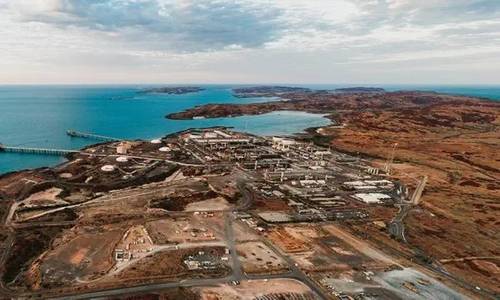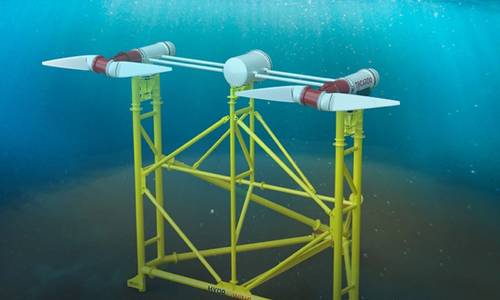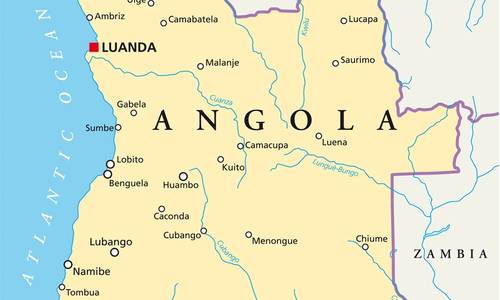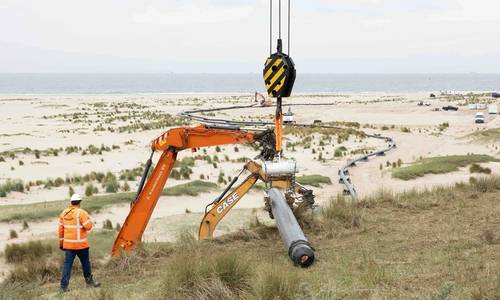World Energy: Tariffs Reshape the Future
May 27, 2025

A new report from Wood Mackenzie, "Trading cases: Tariff scenarios for taxing times", presents three futures for the global energy landscape, highlighting the far-reaching implications of ongoing trade tensions for the energy and natural resources sectors.
The report presents three possible outlooks for the global energy and natural resources industries - Trade Truce (the most optimistic), Trade Tensions (the most likely) and Trade War (the worst outcome) – each painting a dramatically different picture for global GDP, industrial production and the supply, demand, and price of oil, gas/LNG, renewable power and metals through 2030.
“The current uncertainty around the tariff landscape is reshaping the energy and natural resources sectors,” said Gavin Thompson, vice chairman, of energy at Wood Mackenzie. "Lower economic growth will curb energy demand, prices and investment, while higher import prices will raise costs in sectors from battery storage to LNG. Energy leaders must now become masters of scenario planning, preparing for everything from continued growth to significant market disruptions.”
Key findings from the report include:
- Oil markets: Oil demand in 2030 varies by up to 6.9 million barrels per day between scenarios. In the Trade Truce scenario, oil demand reaches 108 million b/d by 2030, with Brent averaging US$74/bbl. The Trade War scenario sees demand falling in 2026 and Brent plunging to US$50/bbl.
- Natural gas and LNG outlook: The Trade War scenario could exacerbate the anticipated global LNG oversupply. In the Trade Truce scenario, LNG prices fall from US$11.2/mmbtu in 2024 to US$7.2/mmbtu by 2030 as the market absorb a wave of new LNG supply growth. In the Trade Tension scenario, the impact might be limited. However, in the Trade War scenario, prices fall further as Chinese LNG demand falls sharply, meanwhile tariffs force buyers to redirect US LNG cargoes.
- Power sector challenges: Trade tensions and potential trade wars pose a dual challenge to the power sector: reducing the pace of electricity consumption while simultaneously disrupting the growth driven by new data centres and reshoring initiatives. These economic headwinds create investment barriers, particularly impacting US manufacturing revival plans. Emerging technologies like battery storage and renewables face greater vulnerability due to their complex global supply chains. Consequently, the US risks losing access to low-cost generation sources and newer technologies, potentially widening the cost gap with other countries.
- Metals and mining implications: The Trade War scenario is most disruptive, wiping out projected demand growth through 2026 for key metals. Aluminium demand could fall by almost 4 Mt in 2026, with copper down 1.2 Mt. China's manufacturing sector faces severe challenges, potentially flooding global markets. Post-2026 recovery is likely, but permanent demand losses persist.






